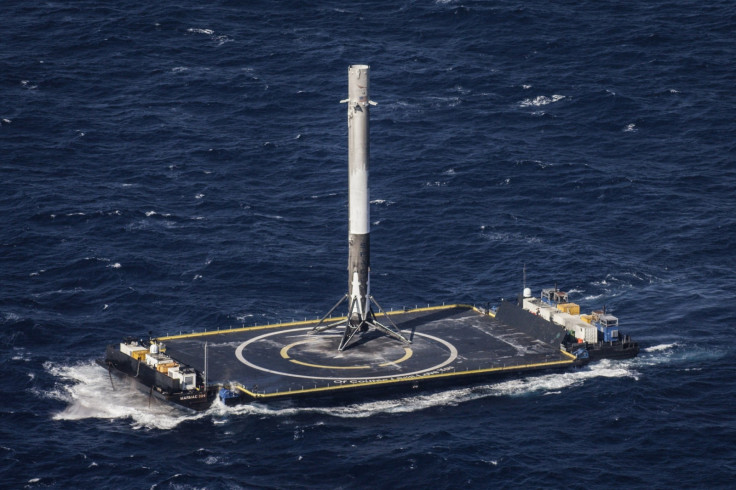SpaceX to fire satellite on the world's first reusable rocket launch booster
SES will reuse the Falcon 9 in order to launch a geostationary satellite on the world's first reusable rocket.

SpaceX — apart from getting astronauts to the International Space Station (ISS) and helping to rejuvenate the US space industry — has also been working tirelessly to make it possible to reuse at least some of the incredibly expensive equipment required whenever a rocket is launched into orbit.
To this end, European satellite operator SES will become the first SpaceX customer to reuse the Falcon 9 orbital rocket launch booster to launch a satellite into space, and the historic first mission will take place in winter 2016.
At the moment, there is no completely reusable orbital launch system in existence – whenever a payload is launched into space, its first stage launch vehicle is usually discarded in space in the process, so the Falcon 9 orbital rocket launch booster is the world's first-ever to be reused for a new space launch.
Elon Musk wanted to make it possible for the first stage to be retrievable and reusable – or "flight-proven", according to SpaceX – and so several experiments were carried out where SpaceX tried to bring the launch vehicle of the Falcon 9 rocket safely back to Earth.
The first test in September 2013 saw the launch vehicle of the Falcon 9 Flight 6 destroyed by a hard splashdown into the water, while in April 2014 the SpaceX CRS-3 was able to perform a soft ocean landing, but still broke into pieces before it could be recovered.
Then in January 2015, the Dragon CRS-5's launch vehicle tried to land on a floating landing platform on a ship, rather than in the sea itself, but unfortunately the launch booster landed too hard and was again destroyed. Finally, in December 2015, the launch vehicle for the Falcon 9 succeeded in landing safely on dry land.
The SES-10 satellite will be launched into geostationary orbit in order to provide improved satellite coverage across Latin America, particularly in Bolivia, Colombia, Ecuador and Peru, as well as improving satellite coverage in Mexico, Central America, and the Caribbean, and since the launch booster has already been used before, SES will get a 30% discount on the regular SpaceX launch price of $63m (£48m).
While this is all very exciting, SpaceX still has many challenges ahead if it wants to make space rockets completely reusable and turn this into a viable industry. After the booster is launched, it will need to be proven how quickly and safely each launch vehicle can return to Earth and the firm will need to get the time between each return and a new launch down to a fine science.
"Re-launching a rocket that has already delivered spacecraft to orbit is an important milestone on the path to complete and rapid reusability," said Gwynne Shotwell, president and chief operating officer of SpaceX. "SES has been a strong supporter of SpaceX's approach to reusability over the years and we're delighted that the first launch of a flight-proven rocket will carry SES-10."
© Copyright IBTimes 2025. All rights reserved.






















